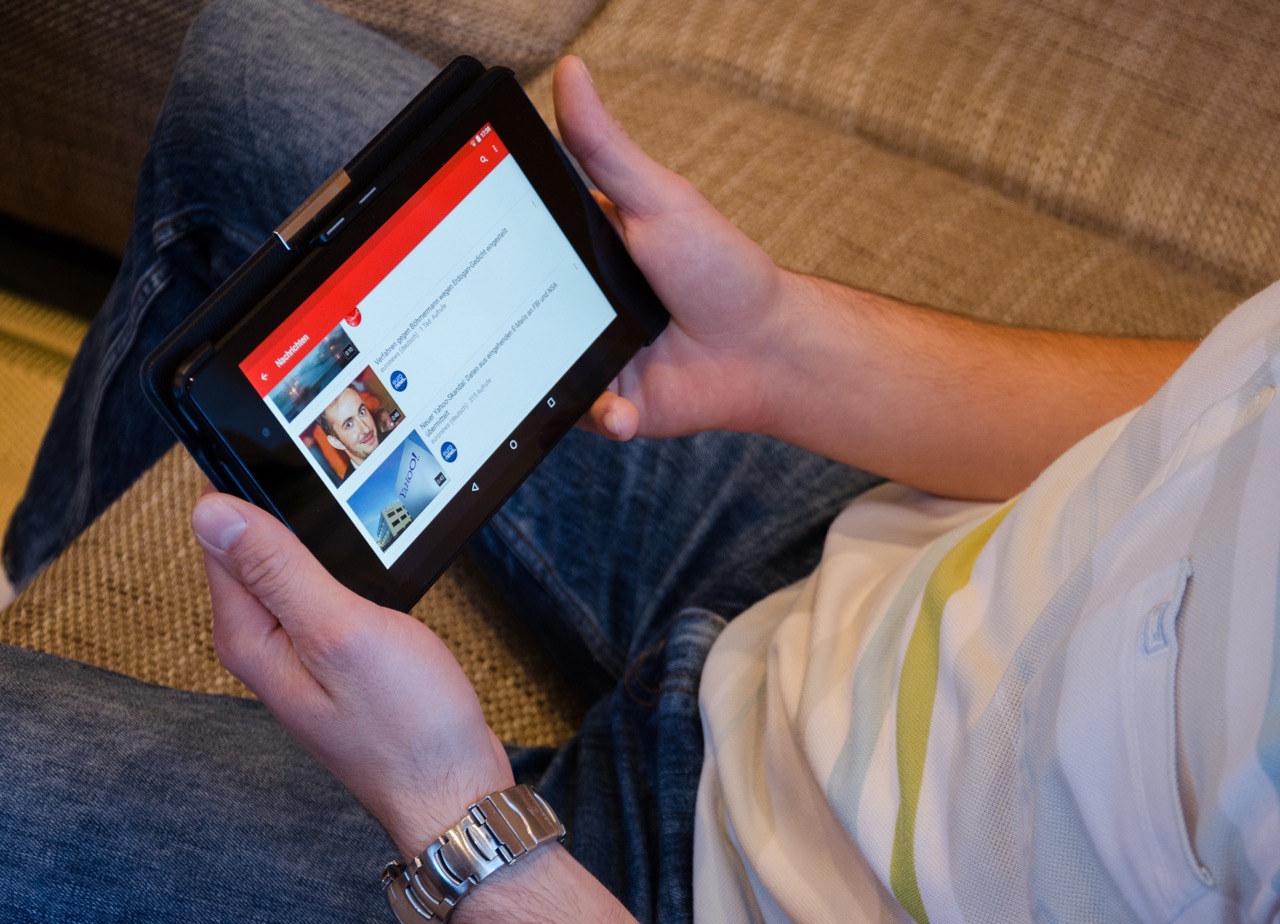The Super Bowl often gets over 100 million viewers, with more approximately 19% of Americans giving more importance to the television advertisements than the event itself. This occasional but significant reaction highlights the enduring appeal of TV advertising and its effectiveness in driving traffic.
This traffic has the potential to convert through multiple marketing channels, such as the merchant’s website, physical stores, or call centers. Consequently, some distribution players have started reallocating parts of their digital budget to offline channels to capitalize on the synergies between different marketing strategies.
However, accurately measuring and optimizing the synergies between online and offline channels poses a challenge. How can we properly measure the impact of these channels and ensure that the strategies, including budget allocation, are optimal?
Understanding the Concept of Cross-Channel and Online/Offline Reconciliation
As user conversion paths become increasingly complex, with users interacting through multiple touchpoints, it is crucial to have a holistic view of your media mix analytics. This allows you to understand its unique characteristics and identify potential synergies that can add value to your budgetary strategies.
Cross-channel marketing refers to the integration of online and offline interactions in user journeys. These interactions can occur through various marketing channels, including online platforms like SEO and SEA, as well as offline channels such as TV, radio, call centers, and physical store visits.
Here are two examples of customer journeys that resulted in conversions and incorporated both online and offline touchpoints:
- A customer sees a TV ad, visits the merchant’s website, and later purchases a product in a physical store.
- A customer receives an email promotion, researches the product online, visits a physical store to try it out, and makes the purchase through a call center.
Cross-Channel Reconciliation Challenges
Achieving a comprehensive view of your media mix and reconciling customer touchpoints is crucial for the following reasons:
- Unifying the Customer Experience in Omnichannel Marketing: Gaining a clear understanding of customers’ complete paths enables you to tailor advertising messages that align with their journeys.
- Optimizing Multi-Channel Marketing Campaigns: When all touchpoints are not taken into account in customer journeys, marketing investments cannot be optimized. For instance, if an offline touchpoint such as call centers is not considered, the performance of other touchpoints may be distorted, affecting associated revenue.
- Leveraging Potential Synergies: Identifying synergies, such as the correlation between TV ad broadcasting and email campaigns, can significantly boost revenue. Knowing that a customer is twice as likely to convert after receiving an email following a TV ad allows you to capitalize on this insight.
Limitations in Cross-Channel Reconciliation
Several limitations still exist when implementing cross-channel data reconciliation projects:
- Data Collection: Accessing certain offline data remains challenging for some marketers. For example, collecting data related to promotional events and accurately measuring their impact on customer journeys can be difficult.
- Reconciliation Keys: To link touchpoints effectively, reconciliation keys are necessary to match them to the same customer. Phone numbers and email addresses serve as excellent reconciliation keys as they are unique to each customer. However, finding suitable keys for in-store visits remains problematic.
- Technological Constraints: While geolocation-based solutions can identify if a customer has visited a store, the current precision of this technology does not allow distinguishing between stores located side by side. On the other hand, “beacons” that leverage smartphones offer an alternative by transmitting radio signals recognized by store applications. These applications can then send push notifications to users, such as discount vouchers, and re-engage them on online channels. However, this solution requires activated Bluetooth on smartphones and the prior download of the store application by the user.
- Development of Adequate Algorithms: Understanding the impact of TV ads on online visits requires the use and development of accurate and reliable algorithms.
- Reconciliation Solutions: Assuming the previous points are addressed, a platform capable of integrating, analyzing, and providing actionable insights and recommendations based on the collected data is essential for optimizing the media mix.
Technological Solutions to Overcome Cross-Channel Data Reconciliation Limitations
Several solutions have emerged to address the aforementioned challenges. Companies like Realytics, Admo.TV, and Holimetrix have developed algorithms to measure the impact of TV ads on internet users. Additionally, reconciliation keys can be implemented to overcome barriers. For example, assigning specific telephone numbers to different paid search advertising groups enables identification of users who convert through the call center. Similarly, collecting customers’ email addresses during in-store purchases allows integration of the “store” touchpoint into the customer’s conversion path.
Best Practices for Cross-Channel Reconciliation Projects
Advertisers planning cross-channel reconciliation projects should consider the following criteria before getting started:
- Benchmark available solutions that can augment the online media mix with various types of offline data from diverse sources.
- Choose a solution with partnerships with specialized players in this field and proven algorithms and “stand-alone” solutions. This will save time and resources during data collection, reconciliation, and analysis.
- Use a platform that not only provides a holistic view of different customer journeys’ performance but also offers valuable insights and actionable recommendations. (PS – This is exactly what Wizaly does!)
- Ensure that the chosen platform facilitates objective measurement of media mix performance using an algorithmic attribution model that adapts to evolving conversion paths and their complexity.
Cross-channel data reconciliation is more relevant than ever for advertisers seeking to gain a comprehensive understanding of their media mix and optimize strategies across online and offline channels. However, it is crucial to choose the best partner in the market to address the associated challenges effectively and avoid significant time loss and gradual integration complexities.



